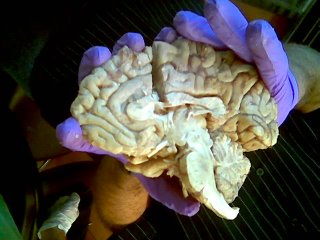
What is the mind? How do we see, hear, taste, smell, and feel? How does thought occur? What is it? How do we remember things? How do we know anything at all? It seems that at least a large part of the answer to these big questions, lies in understanding how the brain works.
While in the past, many have tried to unlock the mysteries of this organ, they were limited in their ability to verify their ideas. In fact, the Egyptians, for all their architectural genius, did not think much of the brain. During the famous mummification process, they preserved much of the body but sucked out the brain tissue through the nose and discarded it. Centuries later, people realized that the brain was in fact a rather important organ and somehow, it carried out the phenomena known as thought. However, they were still in the dark as to how it worked. Even Rene Descartes was slightly misguided when he reasoned that the pineal gland was the center of human thought by virtue of its position deep in the brain.
Today, we are able to view the brain without having to harm even a single hair on anyone's head. Technology, such as magnetic resonance imaging and electroencephalograms, allows us to measure brain activity while a person is actually thinking. Of course, we cannot read peoples' minds as if we were gazing into some crystal ball. But we can at least verify if our theories of how the brain works are generally in the right track. Hopefully, with time, as we discover more about this complex organic machinery, we will know enough to more effectively improve human life and, more importantly, fix the machinery when it breaks down.
This blog is a meek attempt at collating and synthesizing what we currently know about brain function. While some parts of it may get technical, I will endaevor to make this knowledge as accessible as possible to the average reader.
No comments:
Post a Comment